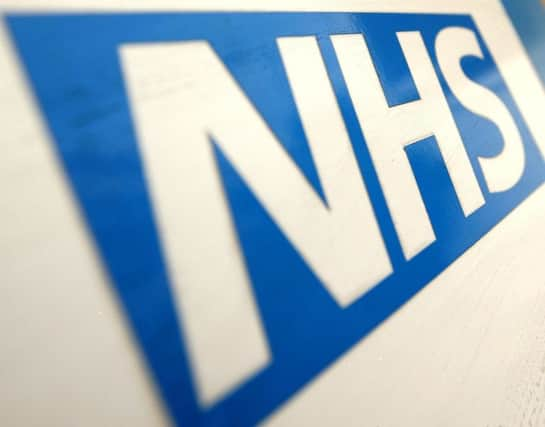A&Es hit target for first time in 33 weeks


NHS England said 95.1 per cent of A&E patients spent four hours or less from arrival to admission, transfer or discharge in the week ending May 24.
In Yorkshire, two thirds of NHS trusts met the 95 per cent target.
Advertisement
Hide AdAdvertisement
Hide AdBut performance at Hull and East Yorkshire Hospitals NHS Trust remained the worst in the country.
Only 76.6 per cent of patients were seen in the target time as problems continued to hit services.
Other trusts from the region which failed to hit the target including York Teaching Hospital NHS Foundation Trust, which also runs A&E services in Scarborough, where 88.2 per cent of patients were seen within four hours.
The target was also missed at the Wakefield-based Mid Yorkshire NHS trust, in Bradford, and the Calderdale and Huddersfield trust.
Advertisement
Hide AdAdvertisement
Hide AdThe target had not previously been hit nationally for 33 weeks, since the week ending September 28.
Clifford Mann, president of the Royal College of Emergency Medicine, said the improvement reflected the approach of summer.
And he warned hospitals were working at full capacity leading to bed shortages and preventing patients leaving A&E.
“This exit block must be addressed otherwise the winter of 2015-16 will be hugely challenging,” he said.
Advertisement
Hide AdAdvertisement
Hide AdAn NHS England spokesman said: “These latest figures are testament to the excellent services our frontline staff continue to deliver while coming under sustained pressure.”
There were a total of 434,500 attendances at A&E, down from 440,700 a week earlier.
The number of patients who needed to be admitted and waited more than four hours was 4,300 compared with 5,300 the previous week.
The Hull trust has faced major difficulties hitting the emergency care target over the last 18 months.
Advertisement
Hide AdAdvertisement
Hide AdDetailed plans to hit the target at the end of this month have so far failed to have a significant impact despite the full opening of revamped facilities for emergency patients at Hull Royal Infirmary in April.
In the latest report to its board, managers said norovirus had affected a number of wards during May. There had been underlying improvements including reduced ambulance handover delays, fewer long waits in A&E and quicker discharges of sick patients from wards, which had alleviated bed shortages.
The trust is facing major restructuring amid forecasts it faces a deficit of £21.9 million in 2015-16.
In the first three months of 2015, figures showed waits for A&E patients across England plunged to their worst levels in a decade, with only a third of the 15 NHS trusts serving the region hitting the four-hour target.